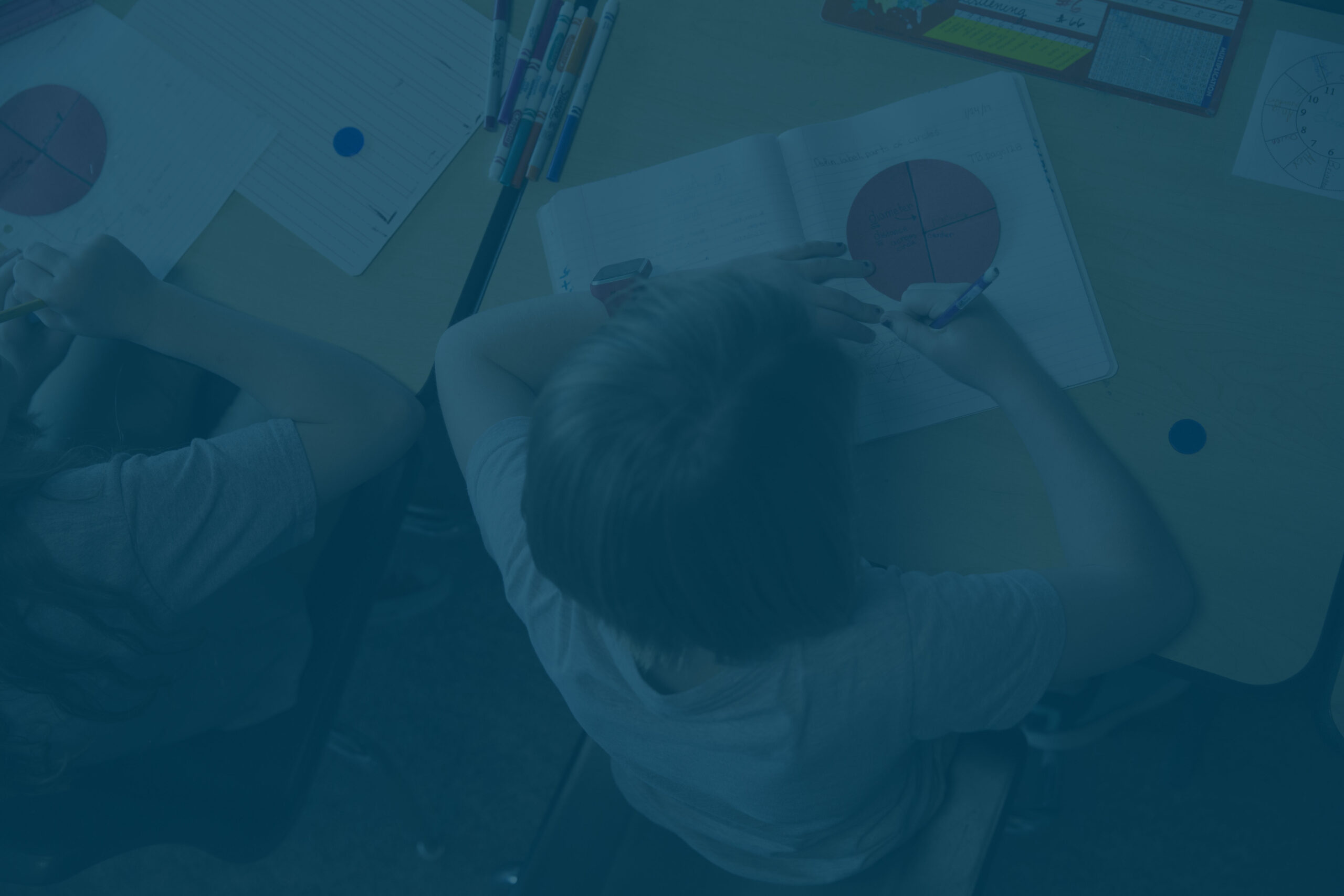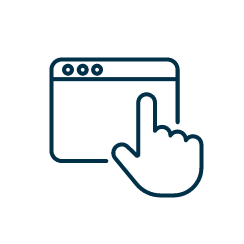
Data to Support Instruction

Plan instruction, inform differentiation, and build agency with NWEA assessments
Plan instruction, inform differentiation, and build agency with NWEA assessments
Drive growth with insights you can trust
Whether you’re just getting started or looking to hone your skills, these professional learning experiences offer a comprehensive look at each solution in the MAP® Suite of assessments. From administration to applying results, get the tools and knowledge you need to support responsive planning, interventions, goal setting, and more.

3…2…1…Go!
Delivery options tailored to meet your unique needs and schedule
Data to Support Instruction offerings are comprised of scaffolded learning segments. Choose the best fit based on your audiences, readiness levels, and prior experiences with your MAP product.

Which duration is right for me?

Data to Support Instruction workshops
Data to Support Instruction workshops

Whether you’re implementing MAP Growth for the first time, onboarding new staff, or simply refreshing your knowledge, Foundations Online provides the tools needed for staff across your school or district need to administer assessment, analyze reports, and act on data.
Gain a solid understanding of what makes MAP Growth™ unique, how to administer the assessments, and the importance of engaging students and leveraging data to inform instruction.
Learn to access, interpret, and apply data from MAP Growth reports and how to use the data to inform ongoing work, with a particular focus on goal setting with students.
Support differentiated instruction and meet the needs of every student through responsive instruction using MAP Growth results.
Learn how to apply MAP Growth data in goal setting and data conversations to improve student learning.

Foundations Online provides flexible learning options, allowing you to stay up to date on the latest MAP Reading Fluency features and enhancements. Discover how key reports and data can be used to make impactful instructional decisions to move your students forward in their learning journey.
Get started with MAP Reading Fluency® by discovering what MAP Reading Fluency can do and how to use it efficiently in the classroom.
Learn to access, interpret, apply, and share rich data from MAP Reading Fluency reports.
Learn how MAP Reading Fluency data can inform instruction for all learners and how to align instructional practice with early reading development to differentiate effectively.

Meet the needs of your team with on-demand, on-site, or virtual learning options.

On-site learning
Face-to-face session with a consultant
For in-person settings, our workshops are available in a 3-hour on-site format

Virtual learning
Live instruction through our on-line portal
Most offerings are available in 3-hour, 2-hour, and 1-hour virtual formats

On-demand learning
Learn on your own time
Available for MAP Growth Basics, and MAP Reading Fluency Basics